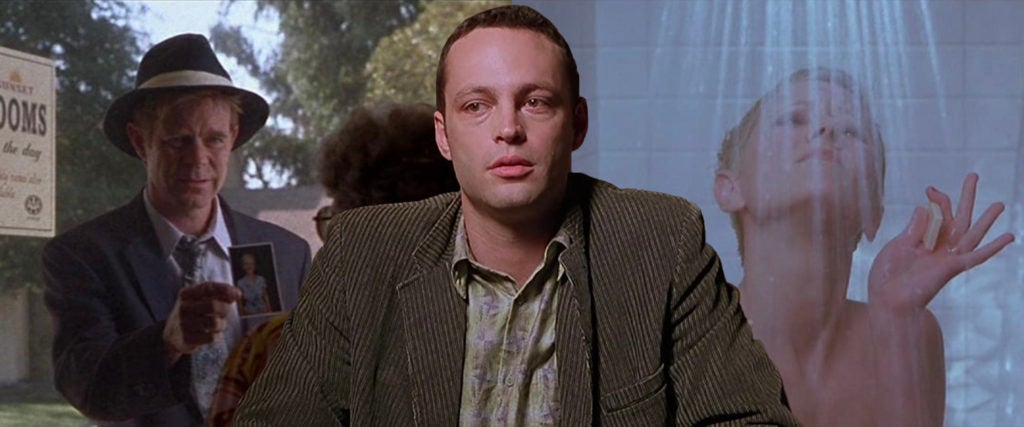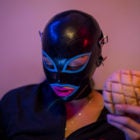With more and more movie streaming services popping up, it can feel impossible to keep track of what’s showing where. So to help, this October I’ll be recommending a different film every day from one such service that embodies the spooky spirit of the season. From classic Halloween movies to indie horror to campy dark comedies, this is 31 Days of a Very Chingy Halloween.
Today I’m looking at Gus Van Sant’s 1998 remake of Alfred Hitchcock’s Psycho, currently streaming on Peacock.
With his vulnerable Bostonian drama Good Will Hunting, queer arthouse filmmaker Gus Van Sant fully entered the mainstream. Fresh off that critical acclaim, he decided to follow up his greatest success with his riskiest idea: a remake of what’s arguably the most iconic horror film of all time, Alfred Hitchcock’s Psycho.
Unlike Hitchcock’s picture, Van Sant’s remake is in color, set in 1998 and features violent imagery that the original could not. Aside from that, it’s still the story of a young woman named Marion Crane (Janet Leigh in the original; Anne Heche in the remake) who embezzles a large sum of money from work and seeks refuge at a secluded hotel while on the run. There, she has a fatal encounter with the eccentric killer Norman Bates (Anthony Perkins in original; Vince Vaughn in the remake) that puts many people on the hunt for her. Crucially, these are the same story beats as the original, and Van Sant’s Psycho is very close to being a shot-for-shot remake. Its scripting and camerawork almost exactly copies Hitchcock’s version, which is just one of the reasons it had such a negative reception upon its release.
The thing is, the Van Sant version is nowhere near the trainwreck contemporary viewers and critics made it out to be. Shot by Hong Kong cinematographer Cristopher Doyle (known best for his frequent collaborations with Wong Kar-wai), the film makes excellent use of light, color and bloody imagery in a way its black-and-white predecessor couldn’t. And while it never strays far from Hitchcock’s shots, the recreations feel different the second time around. It plays heavily with familiarity, with the original’s famous shower scene showing a number of differences, all of which pop out like cutaways of storm clouds or a holographically patterned curtain.
Its cast of 1990s Hollywood A-listers also made for some of the film’s biggest strengths and weaknesses. While some actors like William H. Macy (private detective Milton Arbogast) strove to replicate the performance of the original actors, others like Viggo Mortensen and Julianne Moore (Marion’s boyfriend Sam Loomis and sister Lila Crane, respectively) tried to set themselves apart. Moore makes Lila more aggressive and proactive than Vera Miles did, and Mortensen brings a cowboyish swagger to Sam while John Gavin played him as a more respectable fellow in the original.
Vaughn, however is catastrophically miscast as Norman Bates, lacking any of the charming sensitivity and subtle instability Anthony Perkins brought to the role. With his tenderness and homicidal cross-dressing, Norman was a character that has often felt queer-coded, and it’s simply impossible to separate Vaughn from the hetero party boy persona that established his career.
Compared to most horror remakes and reboots that followed, Psycho expresses a remarkable amount of creative vision, but is held to a higher standard for the iconic status of the film from which it was born. It’s a film that beggars comparison with the original, and works more as an experiment in form than as a commercial product. Though Van Sant followed Hitchcock’s work shot-by-shot, it couldn’t fundamentally be the same as the original, because of its composite parts. That may have made some viewers mad, but as Psycho proves, we all go a little mad sometimes.
To see a list of each of the previous entries, check out the A Very Chingy Halloween list on Letterboxd.

